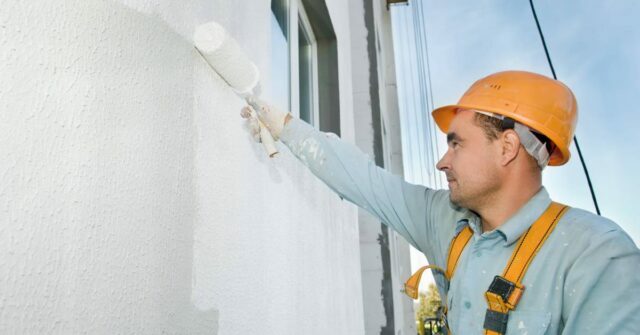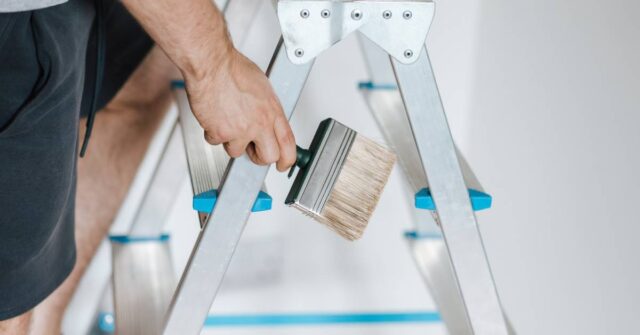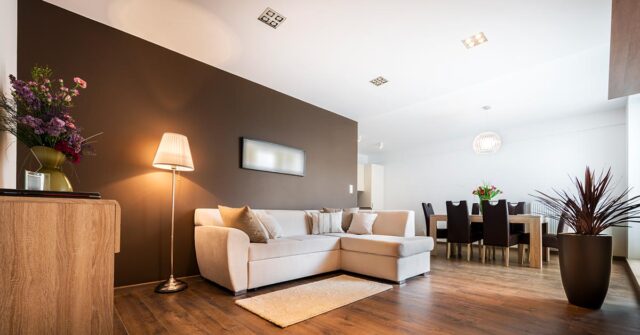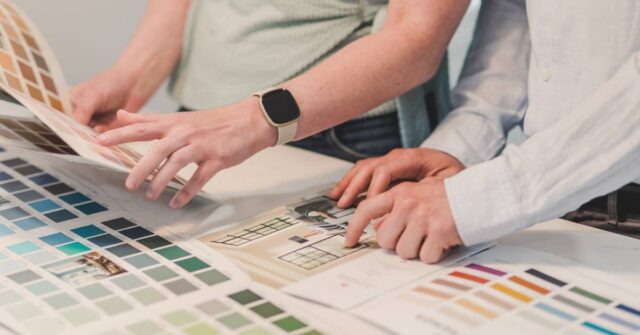There is an art to achieving an immaculate paint finish on a large open space like a wall. And there is an art to achieving neat edges when painting a wall.
When painting open spaces and edges you need to approach them each in different ways. And selecting the right paintbrush for the job plays a big part. So how do you choose the right paintbrush?
Read on to learn more about the various types of paintbrushes.


Is a Paint Brush The Right Choice?
The best way to paint the main area of interior walls in most homes and buildings is with a roller. But care must be taken as different rollers are used for glossy or matt/eggshell paint.
The edges of the walls, where walls join the ceiling, floor or adjacent walls, are usually done with a brush. This is called cutting-in.
Brushes are also used for trim, skirting and other purposes.
There are a vast variety of paint brushes available and each of them is used for different situations and for different types of paint.


Brush Bristles
Thin bristles give a smooth finish to the paint. But thin bristles cannot be too long because they are not rigid enough to stay straight.
The best compromise is tapered bristles. These are thin at the paint edge but can be long enough for the brush to hold a reasonable amount of paint.
Natural bristles are used for oil-based paint because they give a very smooth finish and are not affected by the paint’s thinner or solvent.
Synthetic brush bristles were produced in the 20th century. These are long-lasting and reliable. They work well for water-based paints.
But some synthetic bristles will be affected by turpentine or other solvents/thinners, so they are unsuitable for many oil paints.
Brush Shapes
The more common varieties of paintbrush shapes are:
Flat – This is the most common type, with bristles arranged in a rectangular shape. Used for the majority of the general painting.
Tapered – This is similar to the flat type, but the bristles are thicker at the base f the brush, tapering out near the flat edge. Professional painters sometimes claim this improves their control.
Angled –The bristles at the end of the brush slope at an angle from one side to the other. This is often used to paint corners and edges, which exist in all interior painting.


Brush Size
Metric brushes vary between 10mm, 20mm, 40mm, and 50mm up to 100 mm.
The main reason to choose a larger brush size is to allow more area to be painted with each stroke.
However, when it comes to painting small surfaces or minute detail, a smaller brush is going to provide more precise detail.
Advanced Painting – Professional Sydney Painters
Is all this DIY getting a bit too much? Want to leave it to the professionals?
The right equipment and the right technique mean the best paint results for your home. Call the professionals from Advance Painting and enjoy the best results.





